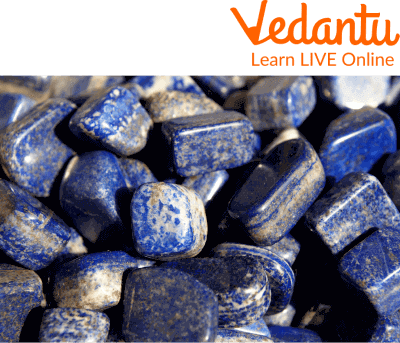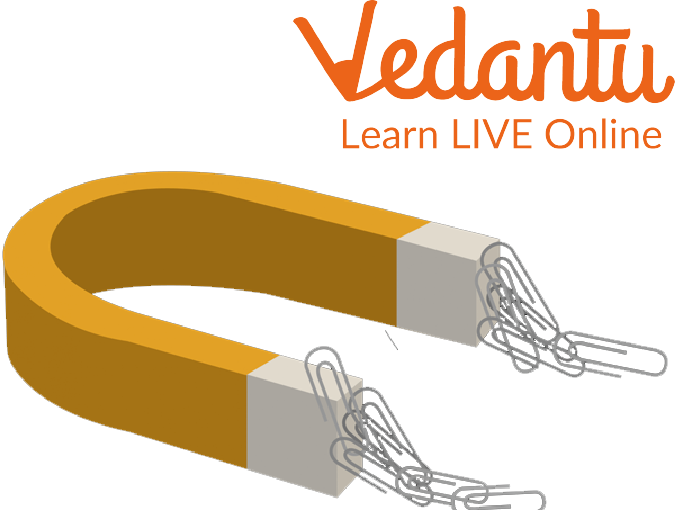




Overview of Cobalt
Cobalt is a metal with the chemical symbol Co and atomic number 27. It is found in the oxidation zone of many copper ores, notably at Great Britain’s South Crofty Mine, where it was first discovered in 1735 by a miner named Daniel Whiddon. Cobalt is one of the few naturally occurring elements with a triple oxidation state. (Co++) Cobalt is found in all major types of ore deposits. Cobalt uses nitric oxide (NO) as a major ore and binding agent to form sulphides, sulphates, and other salts.
We will read about cobalt in detail in the article below. We will discuss its uses and applications, also its medical uses. We will also look at the picture of cobalt. So, let’s dive in!

Things Made of Cobalt
History of Cobalt
It can be found as a massive or coarse-grained crust and vein or disseminated ore or as an oxide, sulphide, carbonate or silicate. The first use of cobalt was in manufacturing steel by reducing the oxide with charcoal to form a mixture known as blister steel. This steel was essential for the building construction industry during that time. (House of Cobalt). However, the first industrial use of cobalt in pigments was discovered by Vauquelin in 1802.
Cobalt Pigment Cobalt was the first metal used by humanity. Its initial use dates back to the Bronze Age, around 3500-3000 BC. During this time, alloys were created with copper and tin, using iron oxide as a blacksmithing material for making tools. It was also used in Inca jewellery.
What is Cobalt?

Cobalt
Cobalt is one of the chemical elements with the symbol Co. It naturally occurs in the earth’s crust but in a chemically combined form. The pure cobalt element is hard, lustrous and silver-grey metal. Cobalt is a brittle metal that, when heated with carbon, forms steel. Cobalt-based alloys are also resistant to corrosion and heat because of their hardness.
Cobalt Uses in Everyday Life
Cobalt is a hard, brittle metal which forms steel when heated with carbon, and steel is a widely used product in everyday life.
The alloys of cobalt are corrosion and heat-resistant because of their hardness.
The radioactive cobalt-60 is known to be a treatment for cancer.
Cobalt is also a crucial element in making various types of mobile phone batteries, such as lithium ion batteries.
Cobalt is a durable metal and is also available at lo,w cost, so it is a very common material used in ceramic and glass work.
Cobalt is also used in the production of jet engines, components for wind turbines, and magnets.
Cobalt Applications
There are several applications of cobalt metals, and we have listed a few of them.
Alloys
The alloys made using cobalt are very useful because of their properties. They provide high resistance to corrosion at high temperatures. This is why some cobalt alloys are primarily used in making hot gas turbines and turbine edges for aeroplanes.
Batteries
Cobalt is one of the main ingredients in the composition of batteries, along with lithium, manganese and nickel. Cobalt ensures that the cathodes inside the battery do not easily overheat or catch fire. According to a report, approximately 50 per cent of the cobalt produced worldwide is only used in making batteries.
Uses of Cobalt in Promoting Health
Cobalt is an essential mineral in vitamin B12. Vitamin B12 ensures that the nervous system is functioning healthily. Also, it is involved in the production of red blood cells and haemoglobin. Cobalt works in managing the functioning of the cardiac system; it lowers the level of homocysteine which gradually damages the arterial walls, so it prevents the damage of arterial walls.
A deficiency of cobalt can lead to severe problems. If the body lacks cobalt, the production of red blood cells will be affected, which may lead to anaemia. Cobalt deficiency may also lead to decreased functioning of thyroid glands. Some rich sources of cobalt include milk, fish, red meat, figs, turnips, etc.
Summary
Cobalt is an essential chemical element that is not only used in everyday materials but also promotes the healthy living of human beings. It is also one of the transition elements. Its isotopes are used in medical treatment. Apart from its numerous commercial and industrial applications, it is crucial for the human body. In this article, we have discussed the wide uses and applications of cobalt. We also discussed cobalt's medical uses, which are crucial for our body.
FAQs on Uses of Cobalt
1. What exactly is cobalt and what are its key characteristics?
Cobalt is a chemical element with the symbol Co and atomic number 27. It is a hard, silver-grey metal that is naturally ferromagnetic, meaning it can be strongly magnetised, similar to iron and nickel. It is a transition metal found in the d-block of the periodic table and is known for its strength and resistance to high temperatures.
2. What is the single most important use of cobalt today?
The main use of cobalt is in manufacturing lithium-ion batteries, which power everything from smartphones and laptops to electric vehicles. Cobalt helps to stabilise the battery's structure, allowing it to be charged and discharged many times without degrading quickly.
3. What are some other common applications of cobalt?
Besides batteries, cobalt has several other important uses. These include:
- Superalloys: Cobalt is mixed with other metals to create superalloys used in jet engines and gas turbines because they can withstand very high temperatures.
- Pigments: For centuries, cobalt compounds have been used to create a deep blue colour in glass, ceramics, and paints, famously known as 'cobalt blue'.
- Medical Applications: The radioactive isotope Cobalt-60 is used in radiotherapy to treat cancer and to sterilise medical equipment.
- Magnets: It is used to make powerful permanent magnets like Alnico magnets.
4. Why is cobalt considered a ferromagnetic material?
Cobalt is ferromagnetic because of its atomic structure. The electrons in its outer shells are unpaired and align their spins in the same direction when an external magnetic field is applied. This alignment creates a strong, persistent magnetic field, making cobalt one of the few elements that are naturally magnetic at room temperature.
5. How does cobalt create the famous 'cobalt blue' colour in glass?
The deep blue colour comes from the way cobalt ions (specifically Co²⁺) absorb light when they are suspended in a silica matrix, like in glass. These ions absorb light in the orange and red parts of the spectrum, which means the light that passes through and reaches our eyes is predominantly in the blue part of the spectrum. This makes cobalt an excellent and stable blue pigment.
6. What is the special role of Cobalt-60 in medicine and why is it used?
Cobalt-60 is a man-made radioactive isotope of cobalt. Its special role is as a source of high-energy gamma rays. In medicine, this radiation is precisely aimed at cancerous tumours to destroy cancer cells (a process called radiotherapy or 'gamma knife' surgery). It is used because it provides a reliable and intense source of gamma radiation, which is also effective for sterilising medical supplies without using high heat.
7. Is cobalt safe for humans?
Cobalt is a trace element that is essential for human health as a part of Vitamin B12. However, exposure to high levels of cobalt dust or fumes can be toxic. This can lead to health issues such as lung problems, skin irritation, and in severe cases, a condition known as cobalt poisoning, which can affect the heart and thyroid.
8. Where is most of the world's cobalt found?
Cobalt is not found as a free element in nature. It is usually obtained as a by-product of mining for other metals, primarily nickel and copper. The vast majority of the world's cobalt supply is mined in the Democratic Republic of Congo (DRC).









